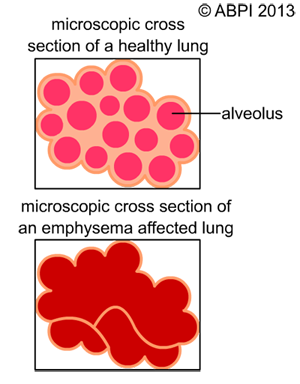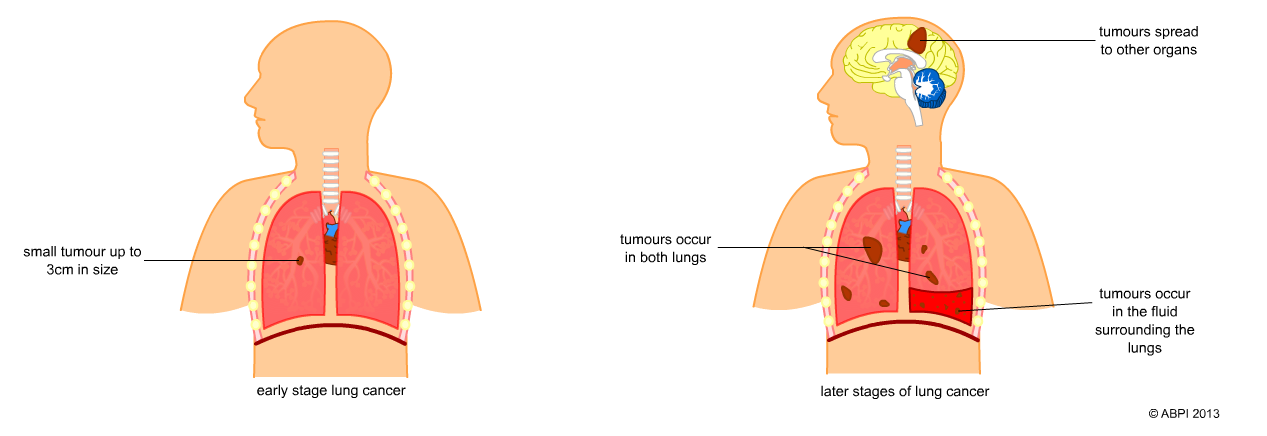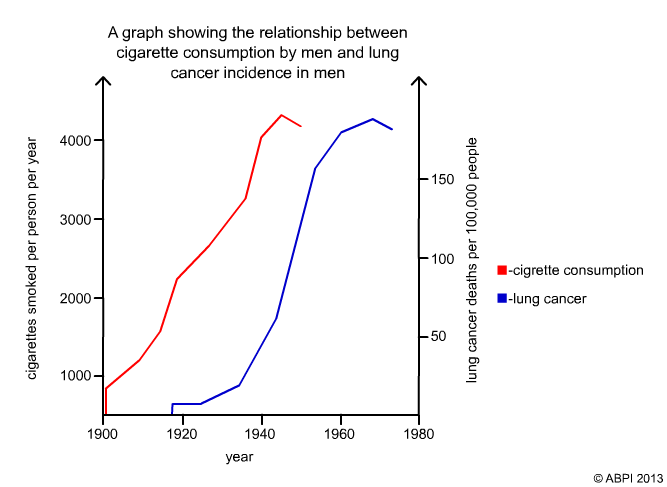This topic takes on average 55 minutes to read.
There are a number of interactive features in this resource:
 Human biology
Human biology
 Biology
Biology
 Physical education
Physical education
There are about 1,300 million (1.3 x 106) smokers worldwide and 18 billion cigarettes are bought every day! Each cigarette contains tobacco leaves which are burned, and the smoker draws the smoke from the burning leaves down through their breathing system into their lungs.
Tobacco smoke contains a cocktail of more than 7,000 chemicals. This cocktail contains the addictive drug nicotine, which makes people feel relaxed and calm. It is this drug which can make it very hard for people to give up smoking, even when they know the damage it can cause. In the UK, health warnings on cigarette packets are very clear but there are still around 120,000 deaths from smoking-related diseases every year.
Smoking is bad for your health from the very first cigarette, because some of the chemicals in the smoke have an immediate effect on your body.
Some of the chemicals in cigarette smoke can cause serious damage to the delicate tissues of the breathing system. There is clear scientific evidence linking tobacco smoking to a greatly increased risk of suffering from a number of serious and even fatal diseases. Here are three examples:

The difference in surface area between normal alveoli and lungs affected by emphysema causes many problems for affected people.
The tar and some of the other chemicals in tobacco smoke are carcinogenic. This means they cause cancer. Smoking greatly increases the risk of developing lung cancer and other cancers of the breathing system such as throat and mouth cancers. In fact, up to 90% of lung cancers are directly linked with smoking. There is plenty of space in the lungs so lung cancers often grow silently, causing no symptoms until they have spread to other parts of the lungs or areas of the body, forming secondary tumours. Lung cancers develop about 20 years after exposure to cigarette smoke so it took scientists a while to pick up the link. Now the evidence of a link is very clear indeed.

The development of lung cancer - still one of the most difficult cancers to treat

This graph shows clearly the time lag between smoking and the development of lung cancers

Being a smoker – or a former smoker – affects your risk of developing lung cancer. Historically women smoked less than men which affects these figures. More women smoke now – and the number of women suffering from lung cancer is also increasing. Some of the effects of smoking on the breathing system.